|
If you work in land development and construction, you are likely familiar with silt fence. When installed and maintained properly, silt fence is an effective sediment control measure. It is also one of the most common perimeter control measures noted on Stormwater Pollution Prevention Plans in Warren County. However, there is another type of perimeter protection that is becoming increasingly popular and may be a great accessible supplement or even alternative to silt fence: mulch filter berms. Rather than capturing runoff to allow for sediment settling like silt fence, mulch berms filter out sediment as water passes through the berm.
Can I have filter berms listed on my SWPPP? Yes! Please do include them on your SWPPP if that is the plan. They are approved and encouraged by our office for use if a project plans to do extensive tree clearing work. Often silt fence is listed by default on the SWPPP and mulch berms are ultimately used during construction due to their benefits. Best practice is to have the perimeter control that is meant to be used written on the plan. However, if things do change as work commences, reach out to your designated SWPPP inspector to make sure the updates are documented on the plan moving forward. What material can be used? The Ohio Environmental Protection Agency’s Rainwater and Land Development Manual outlines the specifications for the materials that should be used for these filter berms. The guide specifically states compost used for filter berms shall be weed, pathogen, and insect free and derived from a well-decomposed source of organic matter. This material can include compost, mulch, or wood chippings. For projects that involve extensive tree clearing, we recommend considering mulch berms as a perimeter control practice. For the least amount of land disturbance, your site may even be able to avoid removing the entire root ball of the trees and mulch the stumps for filter berm material. If you have questions about using the material you have on-site for controls, contact the urban team at Warren County Soil and Water Conservation District. How are filter berms installed? Filter berms are installed in the same location that silt fence would be installed: along the contour and away from the toe of a slope. Like silt fence, there are different specifications for spacing based on the percent slope as well. For silt fence, there are very specific installation steps that must be satisfied to ensure proper function. Mulch berms installation is a less labor-intensive process. Rather than trenching, placing, and stretching fencing to be completely taught, berms just need to be built up to achieve the specified measurements (minimum 1’ height and minimum 2’ wide or 2 times the height). What kind of maintenance do filter berms require? The most common filter berm maintenance need is to rebuild the berm to meet the appropriate specifications as needed. Like silt fence, built up sediment should be removed from behind the berm if it reaches over 1/3 the height of the berm. If a berm is completely washed out by a large storm event, the berm material will need to be replaced as well. If wash out continues to occur, additional or alternative controls may be needed, such as a rock check dam, or the size of the berm may need to be modified. Where can I find additional information?
The Ohio EPA Rainwater and Land Development Manual Chapter 6: Sediment Controls contains a section on filter berms. You can also reach out to Warren Co SWCD's Urban Team to discuss a plan for implementing mulch berms in your current or future projects. Rainwater and Land Development Manual: https://epa.ohio.gov/divisions-and-offices/surface-water/guides-manuals/rainwater-and-land-development Federal EPA: https://www.epa.gov/system/files/documents/2021-11/bmp-compost-filter-berms.pdf Warren County SWCD: https://www.warrenswcd.com/
0 Comments
Leave a Reply. |
Details
Urban team BLOGEvery month, the Warren Co SWCD Urban Team dives deep into the world of land development as it relates to stormwater pollution prevention. The blog covers topics like erosion & sediment control best management practices (BMPs), state and local regulations, retention/detention basins, and the conservation of our natural resources. Stay up to date with Development Digest by signing up for WCSWCD Urban eNews!
Categories
All
Archives
July 2024
|
|
|
Contact:PHONE: (513) 695 - 1337
EMAIL: [email protected] HOURS: Monday - Friday 7:30am - 4:00pm (except holidays) Connect:Warren County Soil & Water Conservation District Copyright © 2016
Warren SWCD Privacy Notice. Emails are serviced by Constant Contact. Constant Contact's Privacy Notice. |
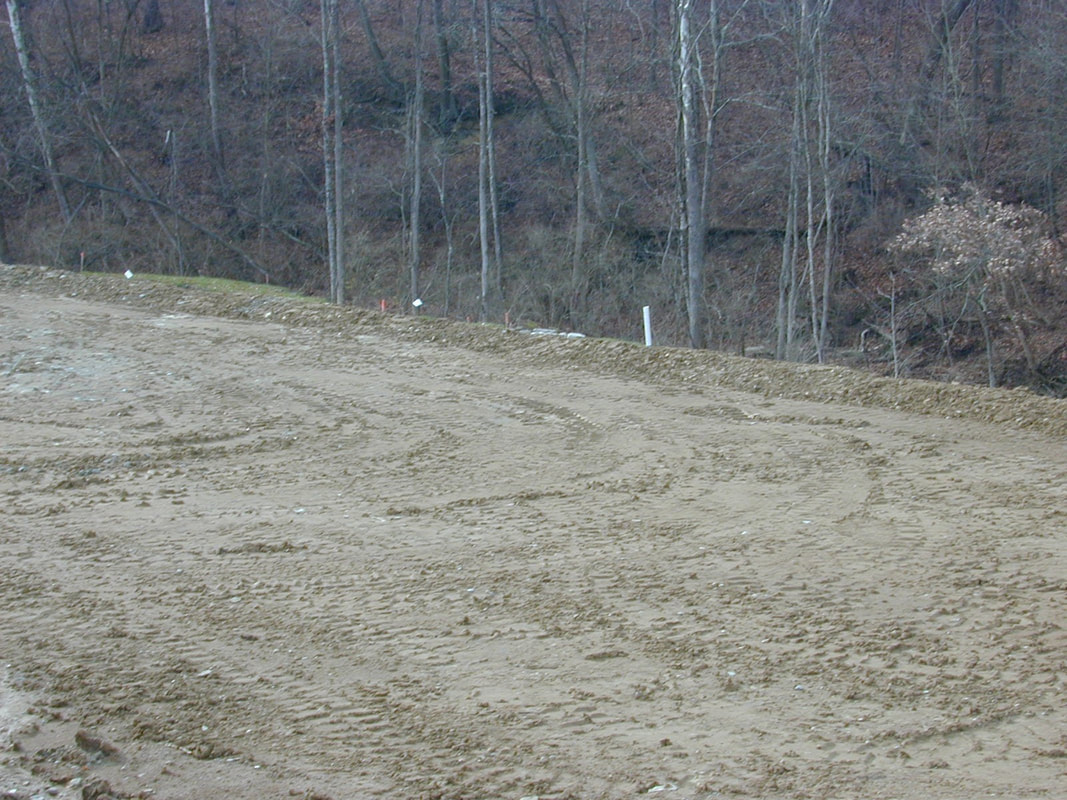
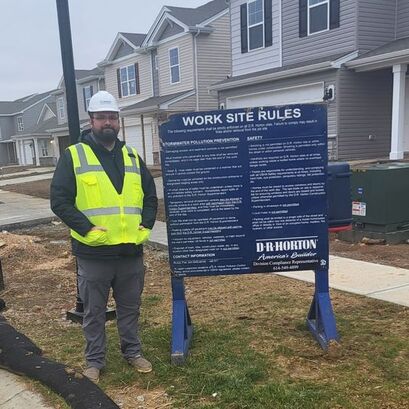
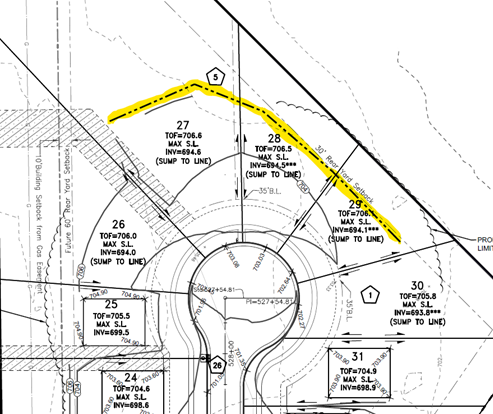

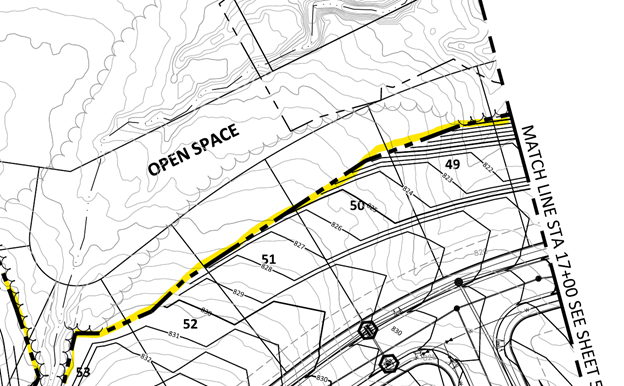
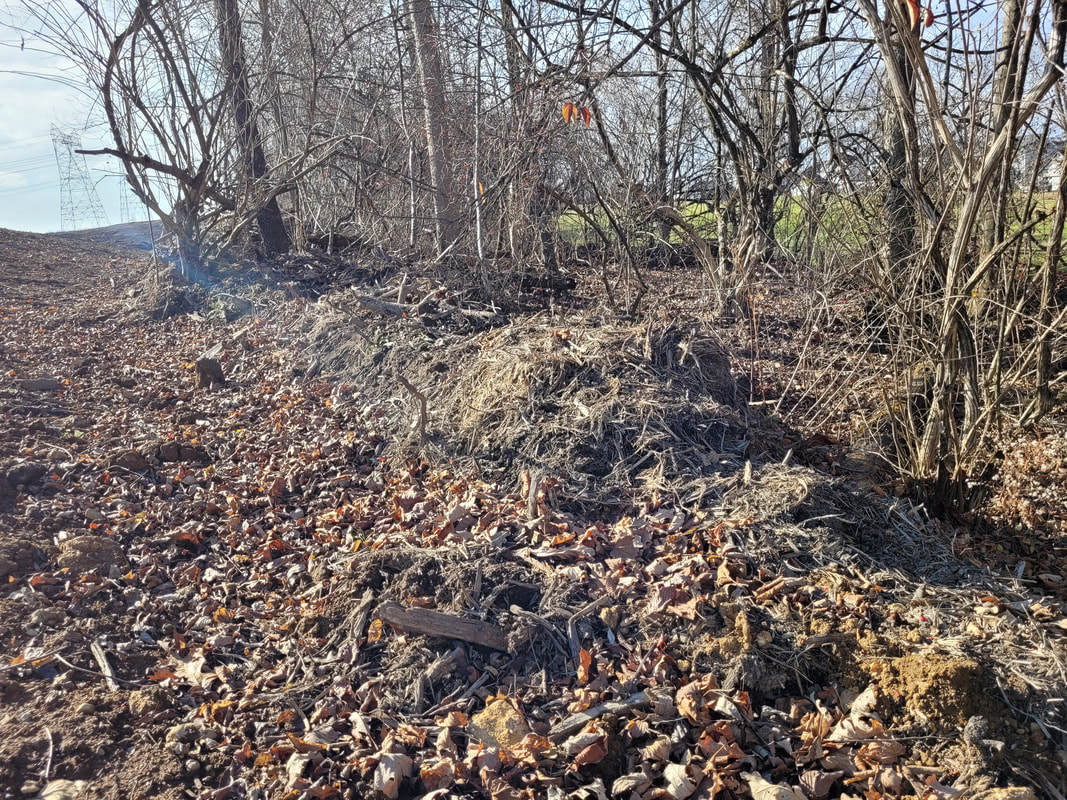

 RSS Feed
RSS Feed
